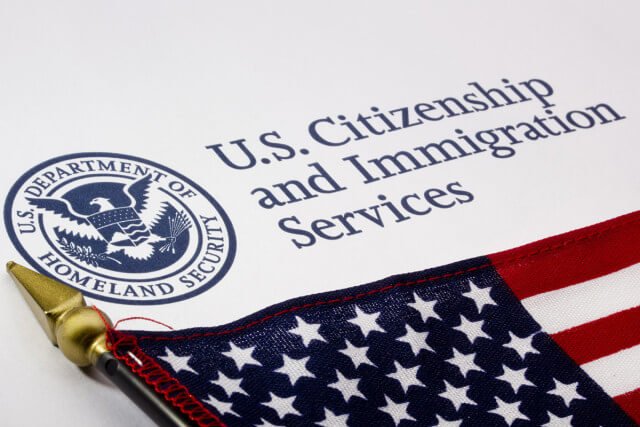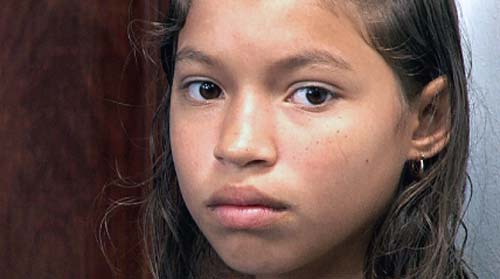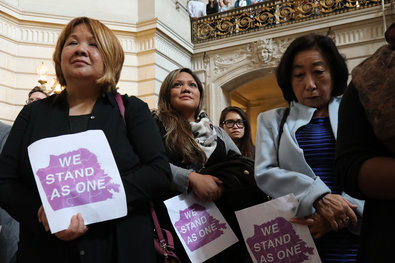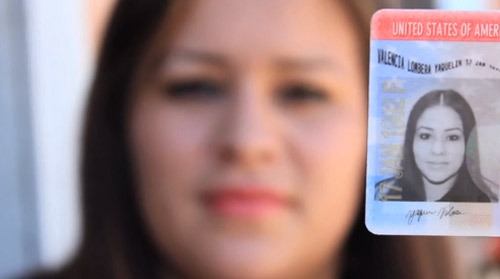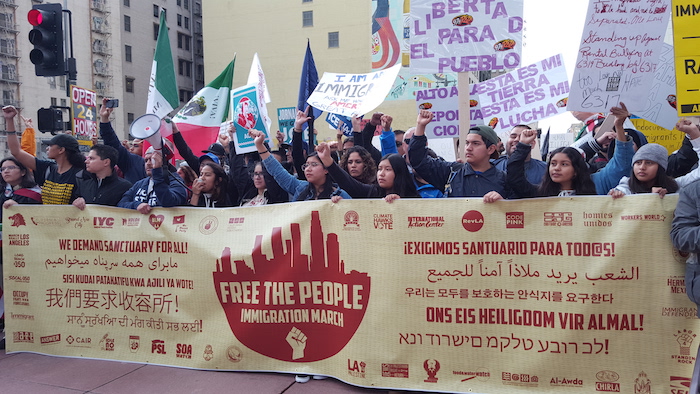American Immigration Council,Immigration
Washington D.C. – Today, the American Immigration Council releases Children in Danger: A Guide to the Humanitarian Challenge at the Border, to provide basic information about the situation the U.S. is facing as thousands of young migrants show up at our southern border.
The guide seeks to answer common questions about the child migrants, including who they are and why they are coming, what basic protections the law entitles them to, and what the U.S. government has done so far. Consolidating data, government regulations, and media reports, it addresses a complex situation that President Obama declared an “urgent humanitarian situation” along the southwest border. The federal government’s coordinated response by several agencies has ignited a vigorous debate between advocates for refugees and unaccompanied minors and the government. This guide aims to help those engaging in the debate to understand the key concepts and America’s laws and obligations related to unaccompanied children.
Background
Who are the unaccompanied children?
Children who arrive in the United States alone or who are required to appear in immigration court on their own often are referred to as unaccompanied children or unaccompanied minors. “Unaccompanied alien child” (UAC) is a technical term defined by law as a child who “(A) has no lawful immigration status in the United States; (B) has not attained 18 years of age; and (C) with respect to whom—(i) there is no parent or legal guardian in the United States; or (ii) no parent or legal guardian in the United States is available to provide care and physical custody.” Due to their vulnerability, these young migrants must receive certain protections under U.S. law.
Where are these children coming from?
The vast majority of unaccompanied children come from Mexico, Guatemala, Honduras, and El Salvador, although unaccompanied children may arrive from any country. The recent increase in arrivals is due to the migration of children from Guatemala, Honduras, and El Salvador—a region of Central America known as the “Northern Triangle.” According to U.S. Customs and Border Protection (CBP), 52,193 unaccompanied children were apprehended at the southwest border between October 1, 2013, and June 15, 2014. The largest number of children (29 percent of the total) came from Honduras, followed by Guatemala (24 percent), Mexico (23 percent), and El Salvador (22 percent). Read more

